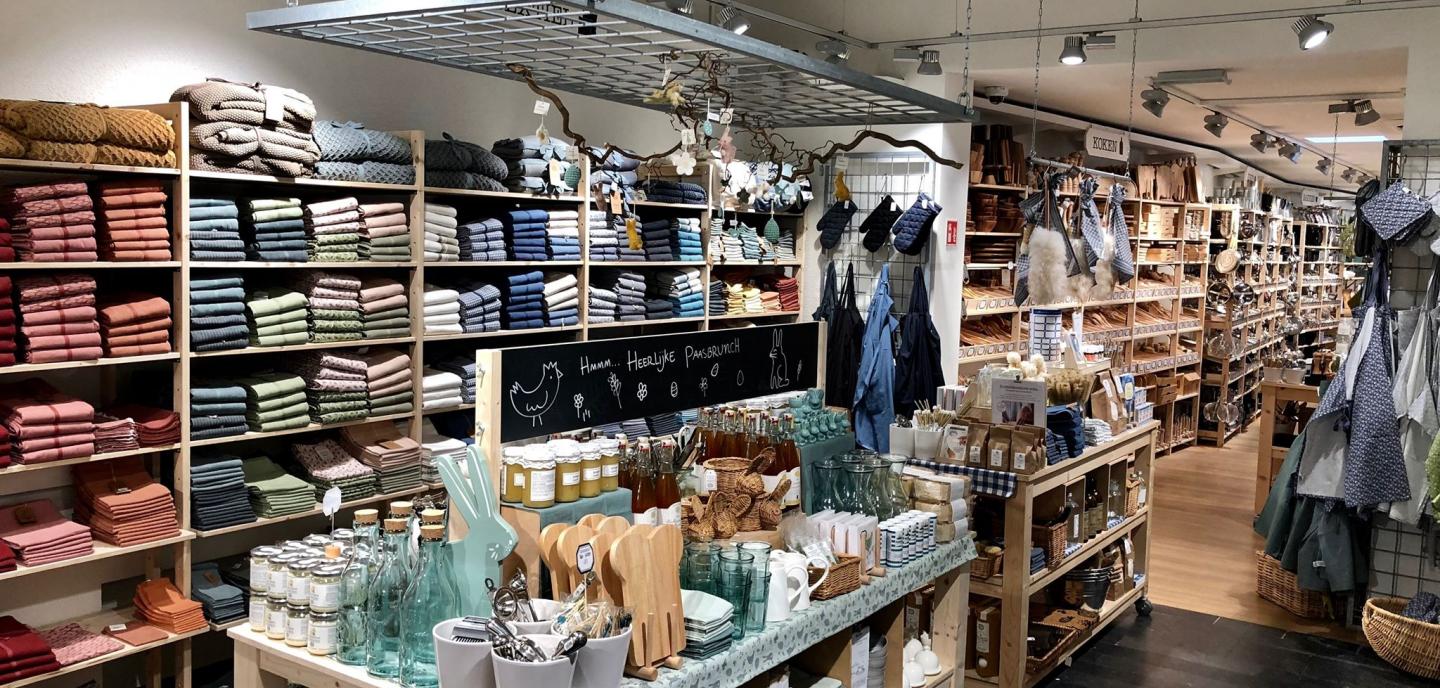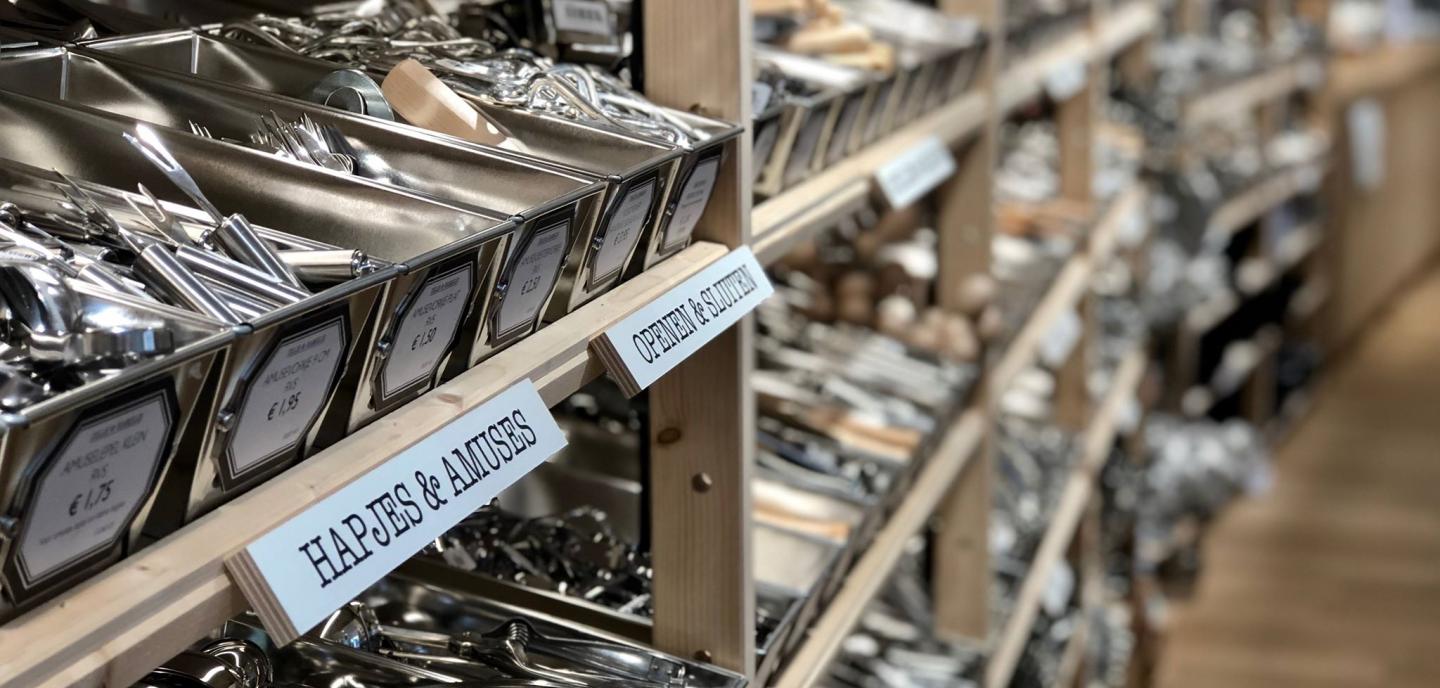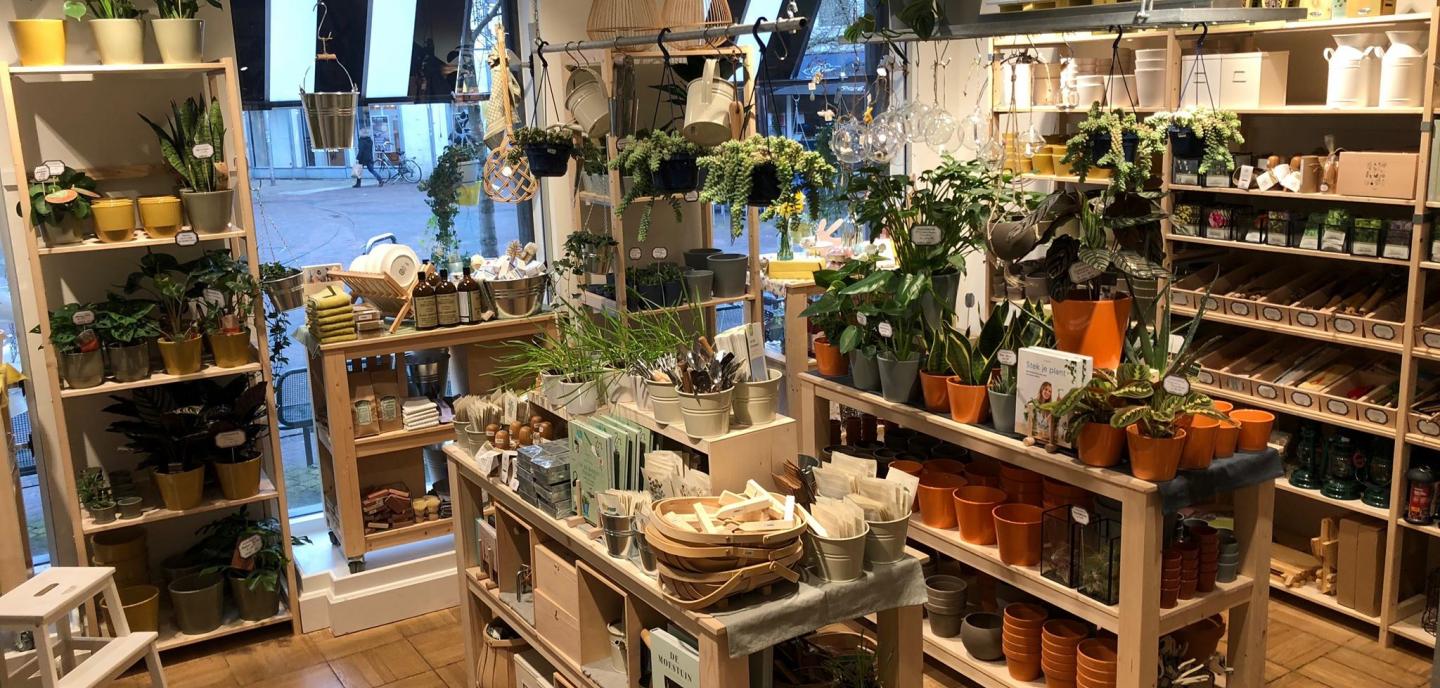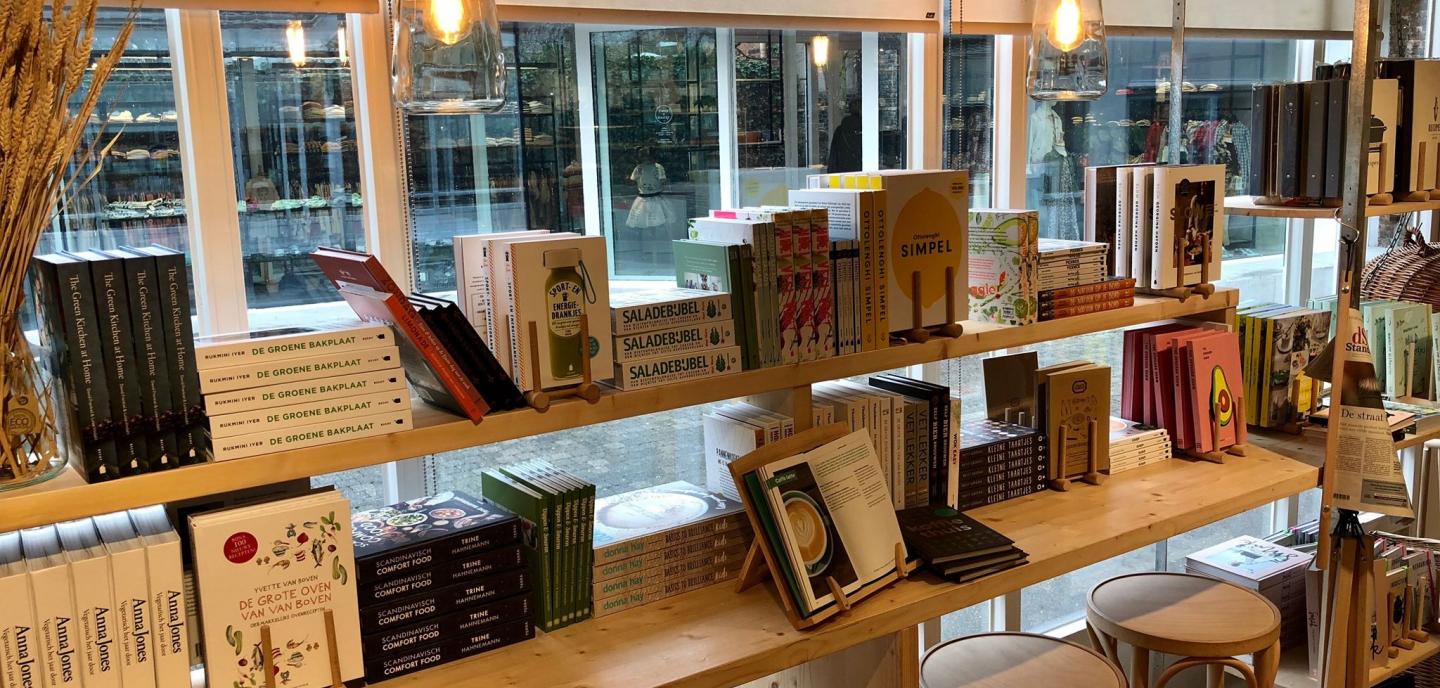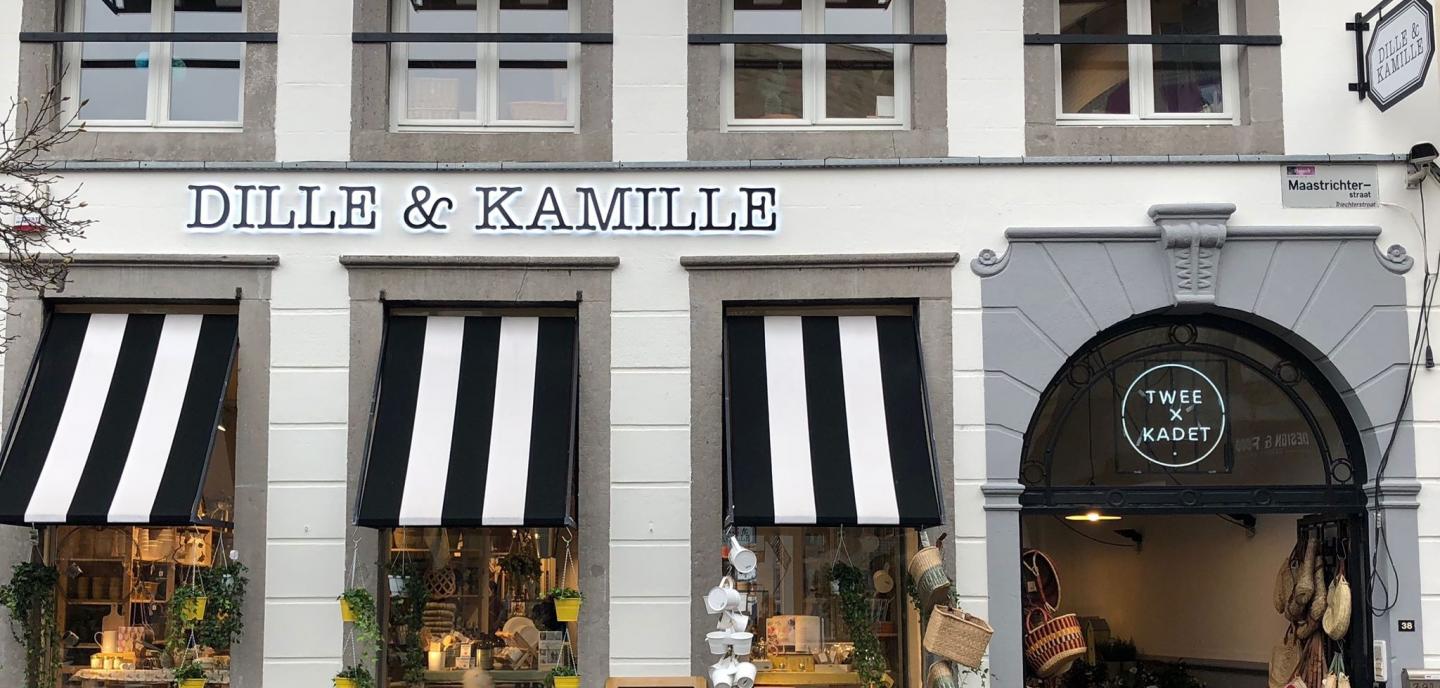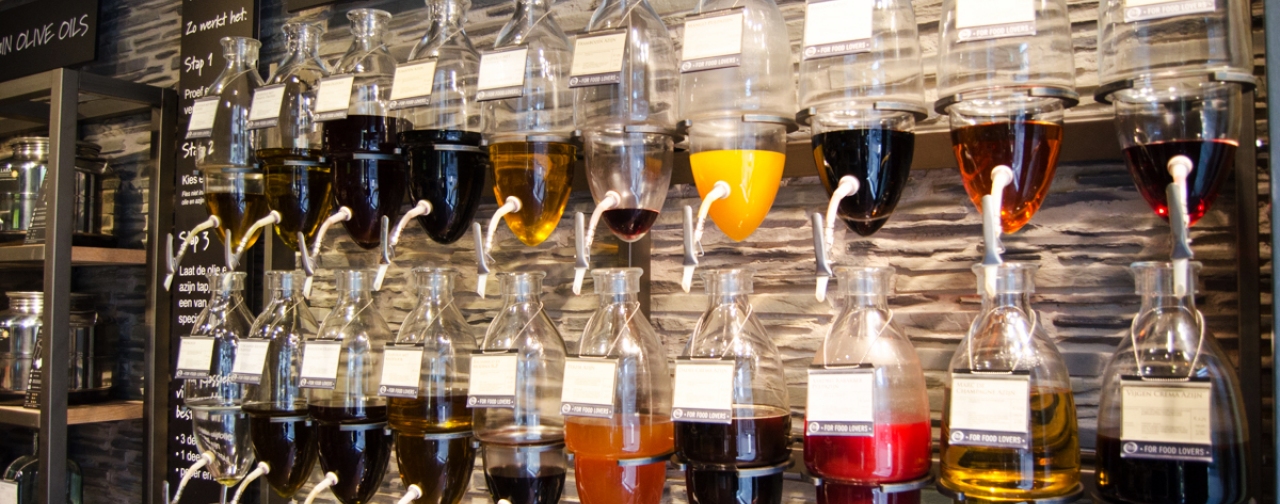SERVICE - The staff is trained very specifically with product knowledge in the different departments and of the older products. You also notice that they act as ambassadors of Ikea, which gives confidence to the customers (Singh, Katiyar, & Verma, 2014).
VISUAL MERCHANDISE - The products are more or less equivalent to each other and speak for themselves, without the need for an eye-catcher. They stimulate the amazement, nostalgia and curiosity of the customer (Pecoraro & Uusitalo, 2014). Visual merchandising is well thought-out and themes are explored in detail. The products are also used as a means of communication (e.g. by hanging them very visibly and high up), thus increasing the positive evaluation not only of the products but of the entire shop (Cavazza & Gabrielli, 2014).
TACTILE SENSE - All products can literally be touched without hesitation, which lowers thresholds (Ballantine, Jack, & Parsons, 2010) and thus conveys a positive feeling to the customers. It also gives more confidence in the retailer (Jansson-Boyd, 2011; Grohmann, Spangenberg, & Sprott, 2007; Lund, 2015; Peck & Childers, 2003).
ATMOSPHERE - The fun set-ups of the products, the visual merchandise and working with sober colours and colour combinations highlight the creative element and nostalgia of Dille&Kamille (Kent, 2007).
MIXED-USE - In addition to buying interior items and plants, customers can taste Dille&Kamille's products in the food corner. This creates confidence in the product and allows customers to decide for themselves whether to buy it (Grant & Perrott, 2011).
CROSSCHANNEL - Dille&Kamille also relies on social media, polls where consumers can express their specific use of traditional products. Online and offline co-exist to meet the customer's needs and expectations (Blazquez, 2014). Feeling and story are also extended online so that the customer is immersed (Verhoef, Leon, Parasurama, Roggeveen, Tsirios, & Schlesinger, 2009) in the world of Dille and Kamille.
PRESENTATION FURNITURE - The products are displayed on specially designed presentation furniture; this encourages buying behaviour, unlike if the same products were hanging on the shelves (Cavazza & Gabrielli, 2015). Dille&Kamille is playing hard and fast on this principle. The finishes and textures contribute to the creation of different atmospheres.
MEANINGFUL BUILDING - Dille&Kamille has chosen to showcase the opportunities and the added value of the property, as well as the well-known 2X KADETT lane that runs along the property. The old building itself attracts and is deliberately used to tell an authentic story, it immediately arouses curiosity and touches the visitor (Plevoets & Van Cleempoel, 2016). The location is also a great added value.
SCENTS - The scents present at Dille&Kamille come from natural products and tastings. No artificial fragrances are spread. When there is a similarity between product and fragrance, the customer will be more positive towards the products on offer and even towards the shop in general (Doucé , Poels, Janssens, & De Backer, 2013). Also when, according to the customer, the scent match the look and feel of the shop, he will retain a positive feeling about the shop and be more inclined to come back (Krishna, Elder, & Caldara, 2010).
FURNITURE - The furniture and shelves change regularly. In many places the choice was made to work with natural-coloured wood, taking into account the eco-friendly use of that material (Werner & Richter, 2007). In addition, wood is also associated with a warm material, it is a natural material, it gives a feeling of home and makes you feel comfortable (Rice, Kozak, Meitner, & Cohen, 2006; Nyrud & Bringslimark, 2010).

